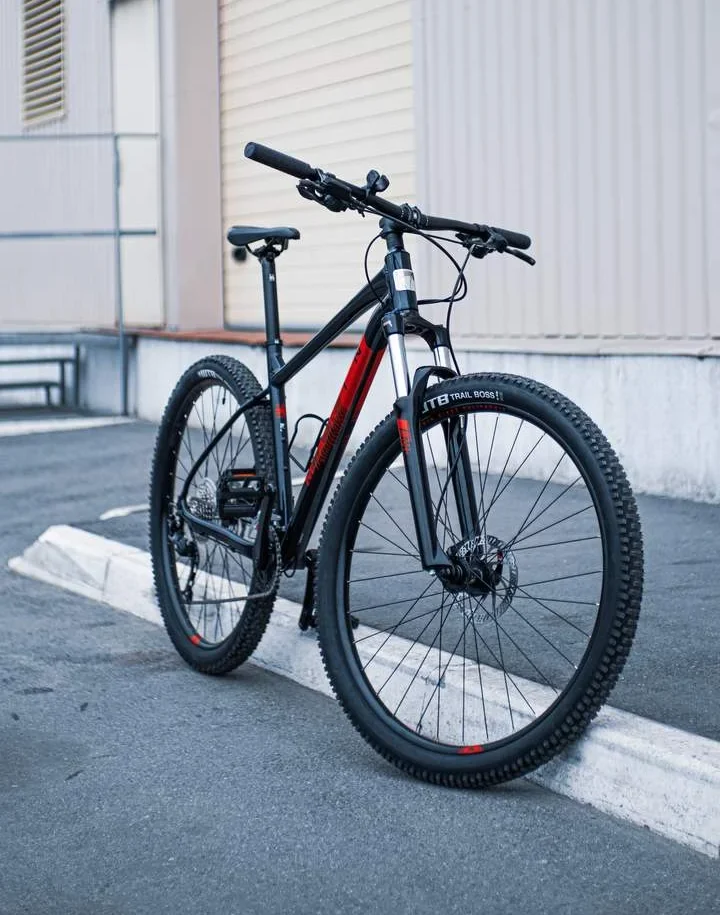Understanding Florida Bicycle Laws: Your Rights and Responsibilities as a Cyclist in Palm Harbor

As cycling continues to grow in popularity as a mode of transportation and recreation in Palm Harbor, Florida, it’s essential for cyclists to understand the state’s bicycle laws to ensure their safety and legal compliance on the road. Familiarizing yourself with these laws can help you navigate Palm Harbor’s streets confidently and responsibly. Here’s what you need to know about Florida’s bicycle laws and your rights and responsibilities as a cyclist:
Bicycle Equipment Requirements
Florida law requires bicycles to be equipped with certain safety features, including a white front light and a red rear light or reflector visible from 500 feet away during nighttime riding. Additionally, bicycles must be equipped with brakes capable of stopping within 25 feet when traveling at a speed of 10 miles per hour on dry, level pavement.
Traffic Laws
Cyclists in Florida are subject to the same traffic laws and regulations as motorists, including obeying traffic signals, signs, and lane markings. This means stopping at red lights and stop signs, yielding to pedestrians in crosswalks, and signaling turns using hand signals.
Cycling on the Roadway
In most circumstances, cyclists must ride as close as possible to the right-hand curb or edge of the roadway. This rule is intended to promote safety and ensure a smooth flow of traffic. However, there are several notable exceptions to this guideline. Cyclists are permitted to move away from the right-hand edge when they are overtaking another vehicle, preparing to make a left turn, or navigating around obstacles and hazards that could pose a danger. Furthermore, if the shoulder is deemed unsafe due to debris, potholes, or other obstacles, cyclists are not obligated to use it. Instead, they should position themselves in a manner that prioritizes their safety and visibility on the road.
Sidewalk Riding
In Florida, it is generally legal to ride a bicycle on the sidewalk, except where prohibited by local ordinances. However, cyclists riding on the sidewalk must yield the right-of-way to pedestrians and give an audible signal, such as a bell or horn, when overtaking pedestrians.
Helmet Laws
While Florida law does not require adults aged 16 and older to wear helmets while cycling, it does mandate helmet use for cyclists under the age of 16. Additionally, wearing a helmet is strongly recommended for all cyclists as a crucial safety measure to reduce the risk of head injuries in the event of a crash.
Bicycle Paths and Trails
Florida boasts a network of bicycle paths and trails, providing cyclists with designated routes for safe and enjoyable riding. When using these paths and trails, cyclists should observe posted rules and regulations and yield to pedestrians and other trail users.
Alcohol and Drugs
Cyclists are subject to Florida’s laws regarding driving under the influence (DUI). Operating a bicycle while under the influence of alcohol or drugs is illegal and can result in fines, license suspension, and other penalties.
Conclusion
By understanding and adhering to Florida’s bicycle laws, cyclists can help promote safe and harmonious sharing of the road with motorists and pedestrians in Palm Harbor. Remember, respecting traffic laws, wearing appropriate safety gear, and staying attentive and courteous while riding are key to enjoying a safe and enjoyable cycling experience in the Sunshine State.
